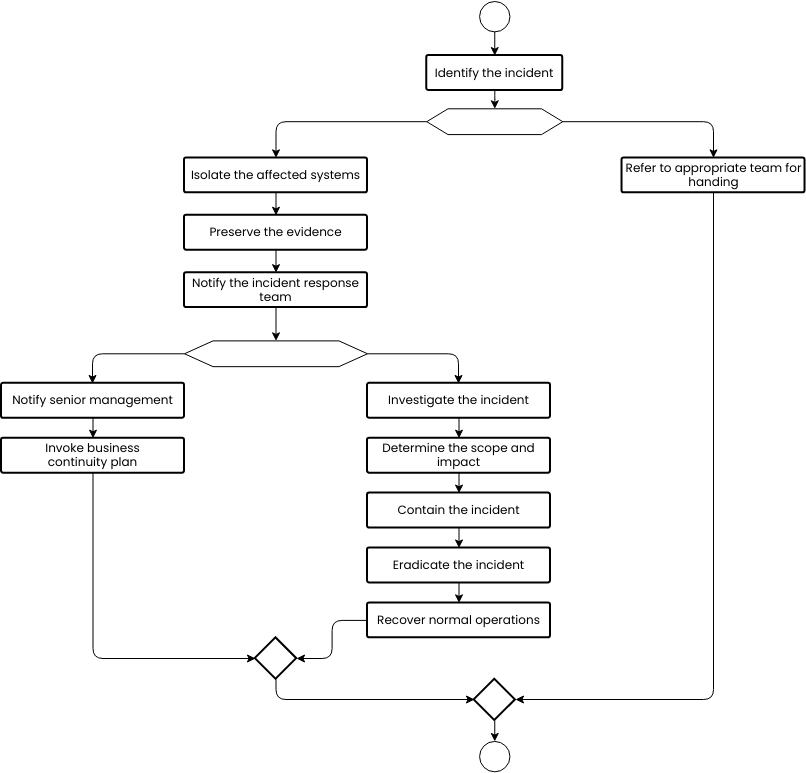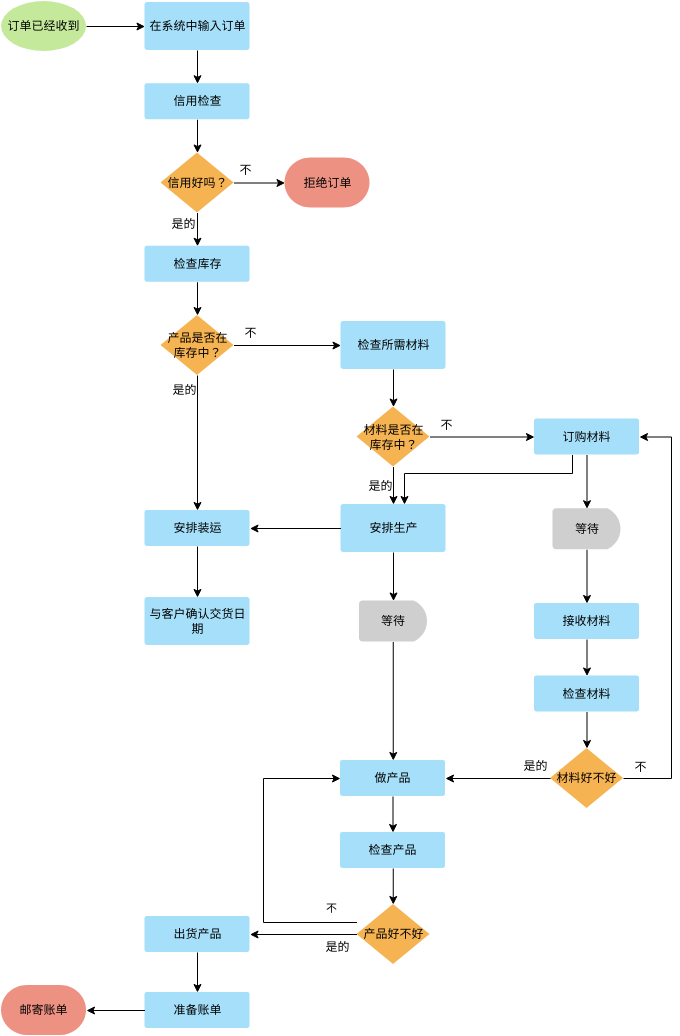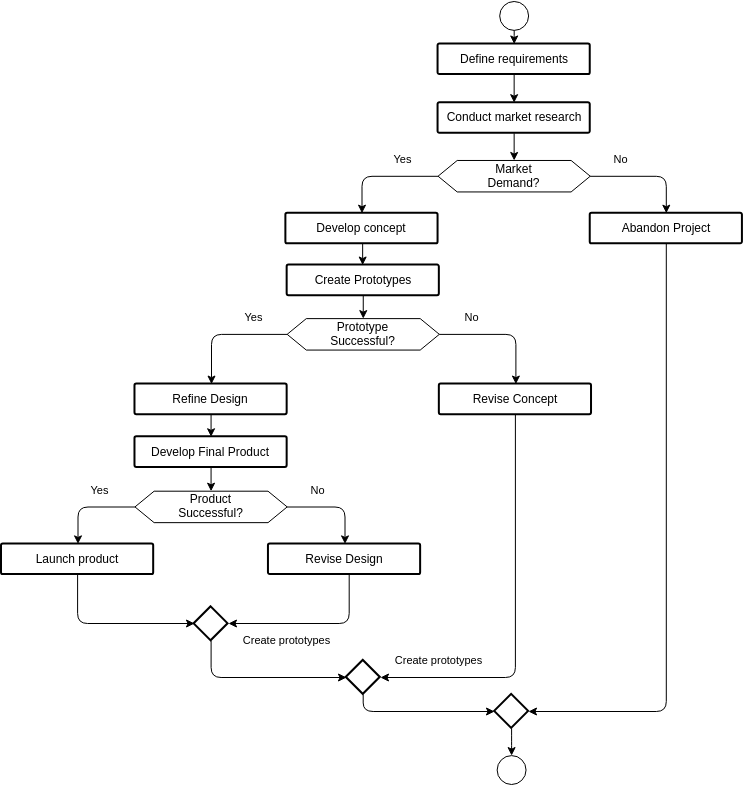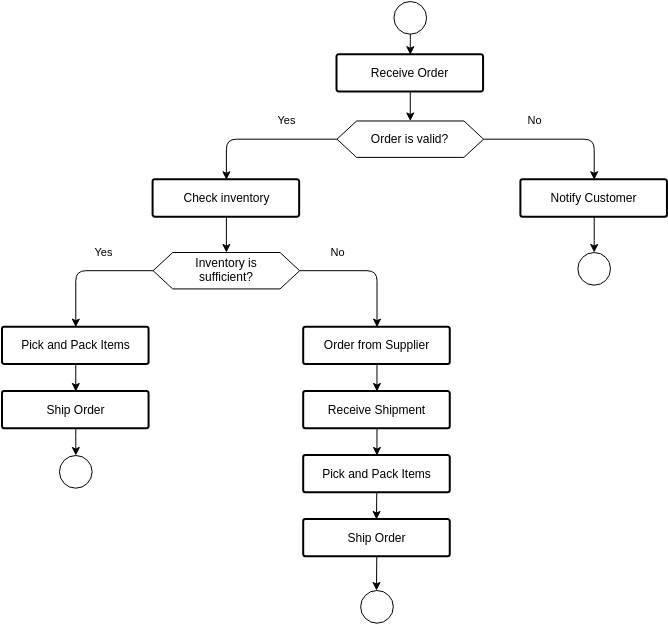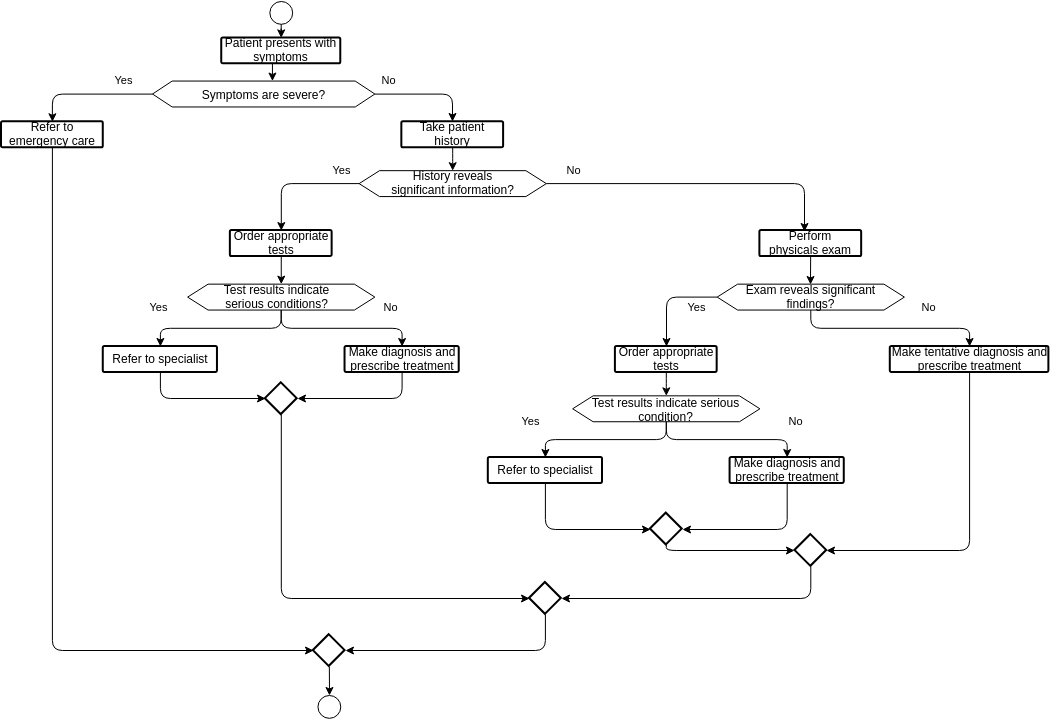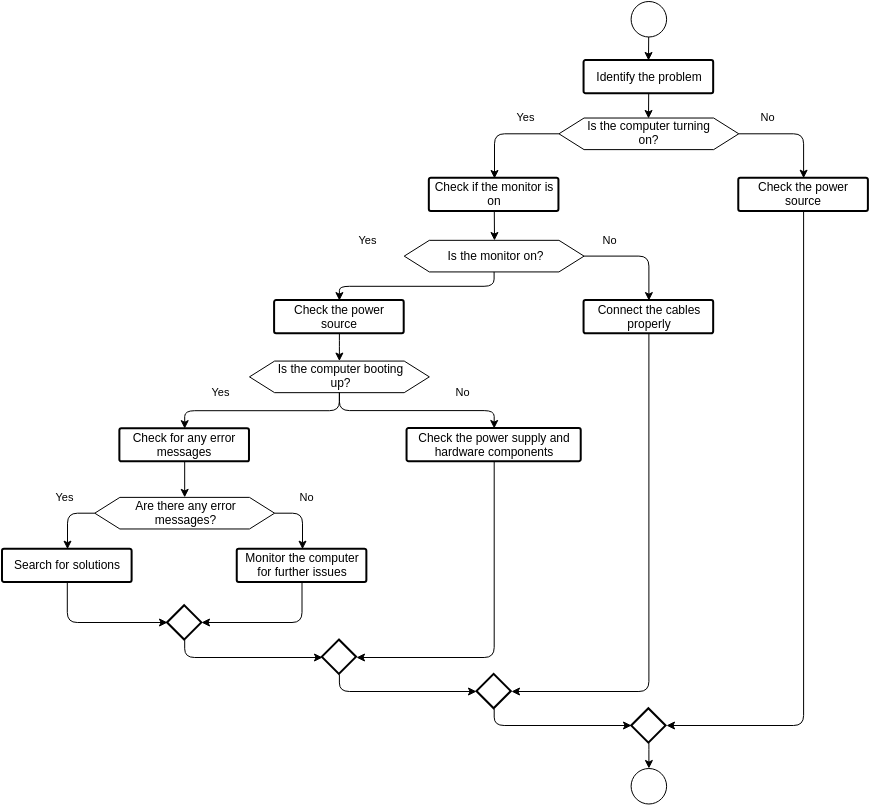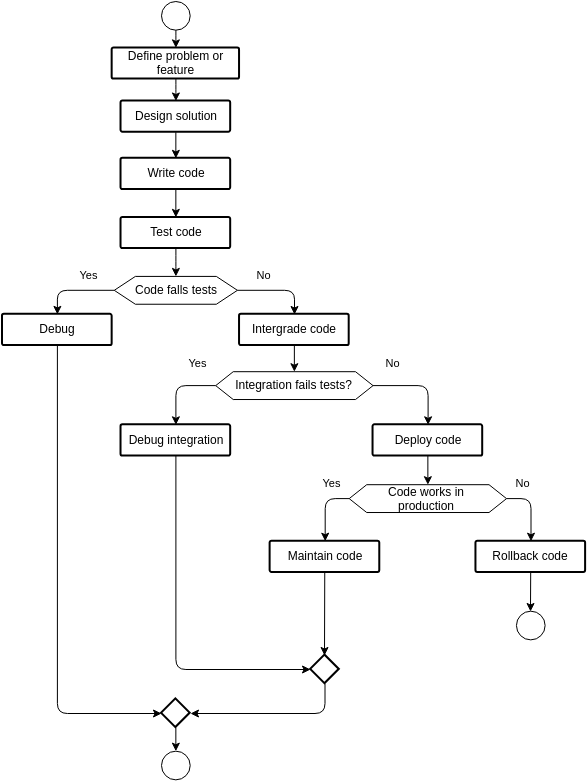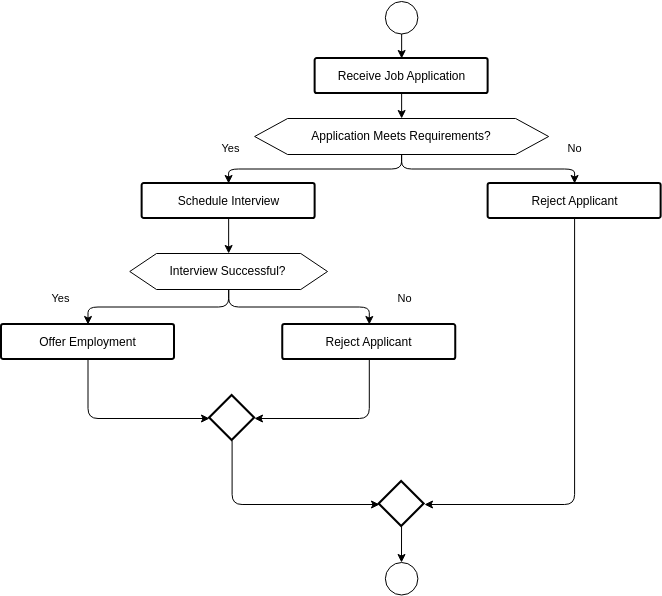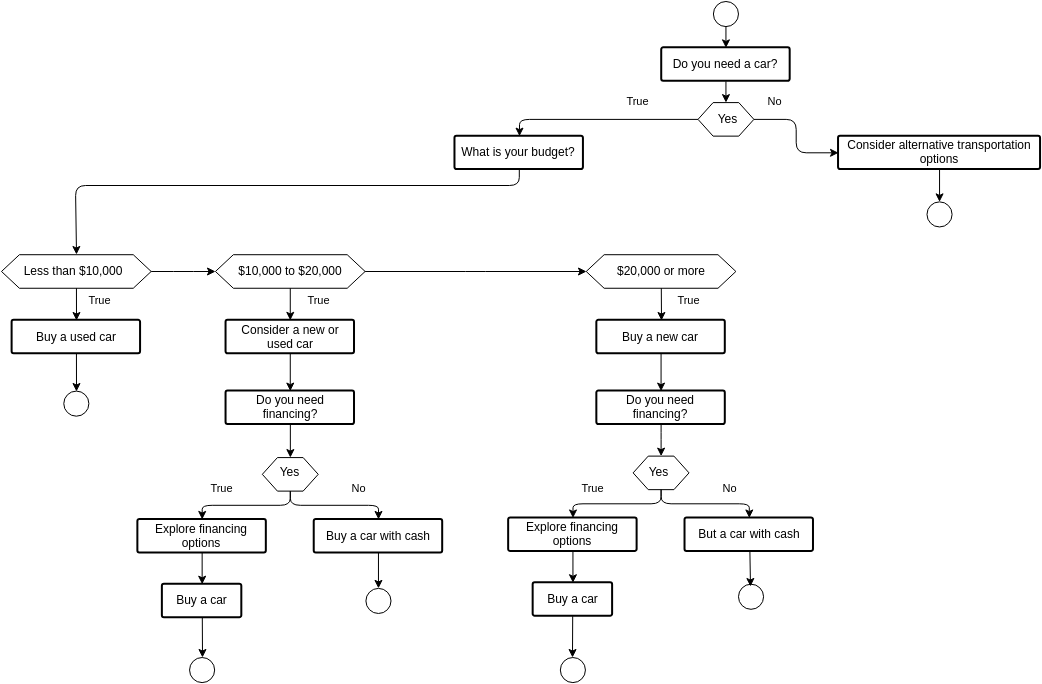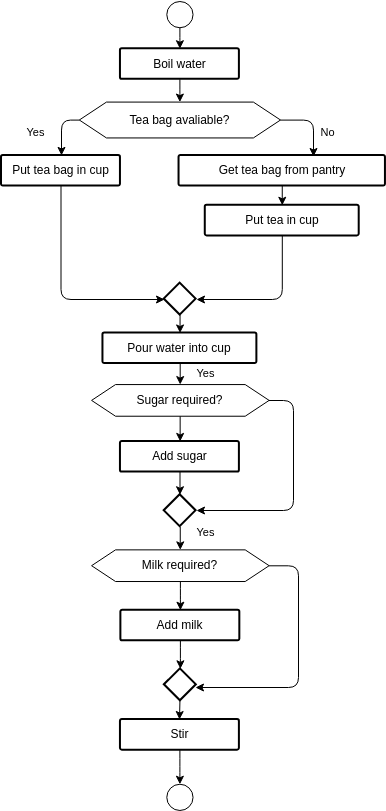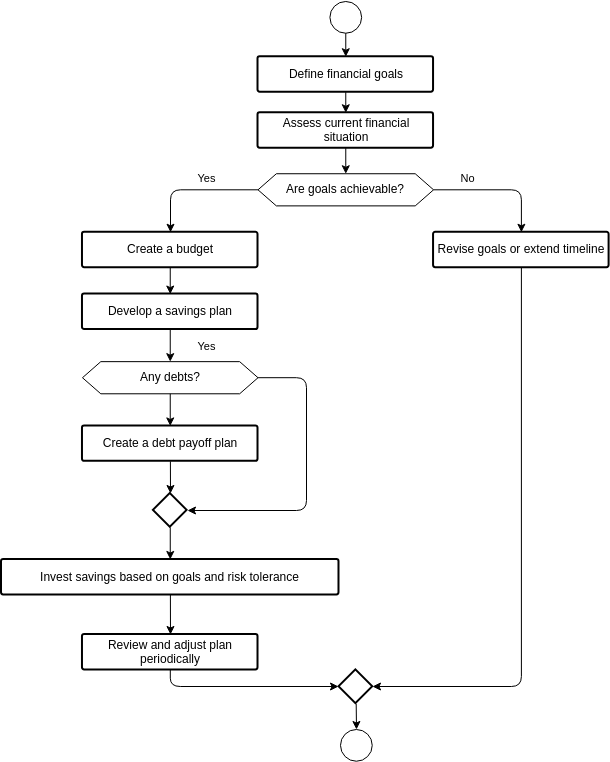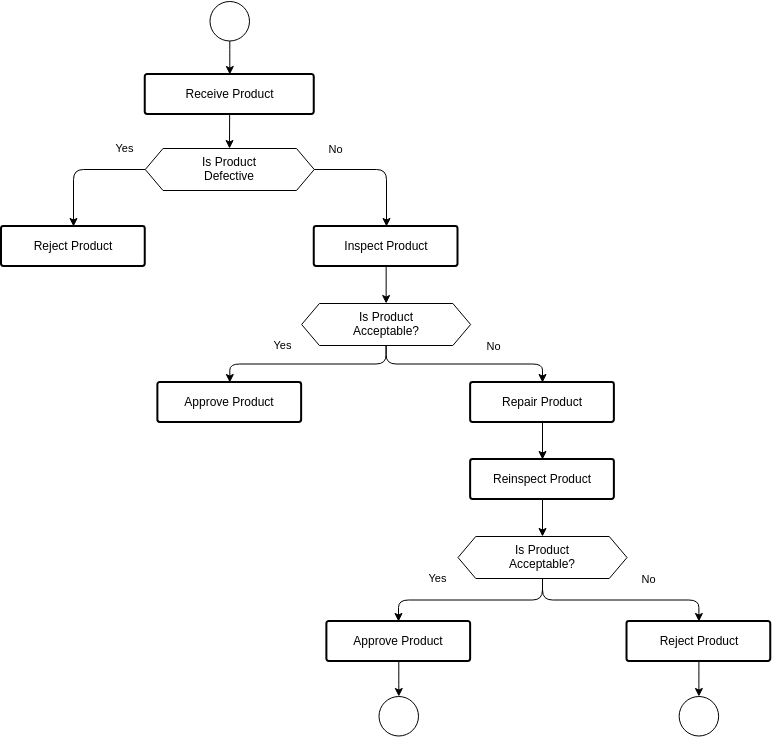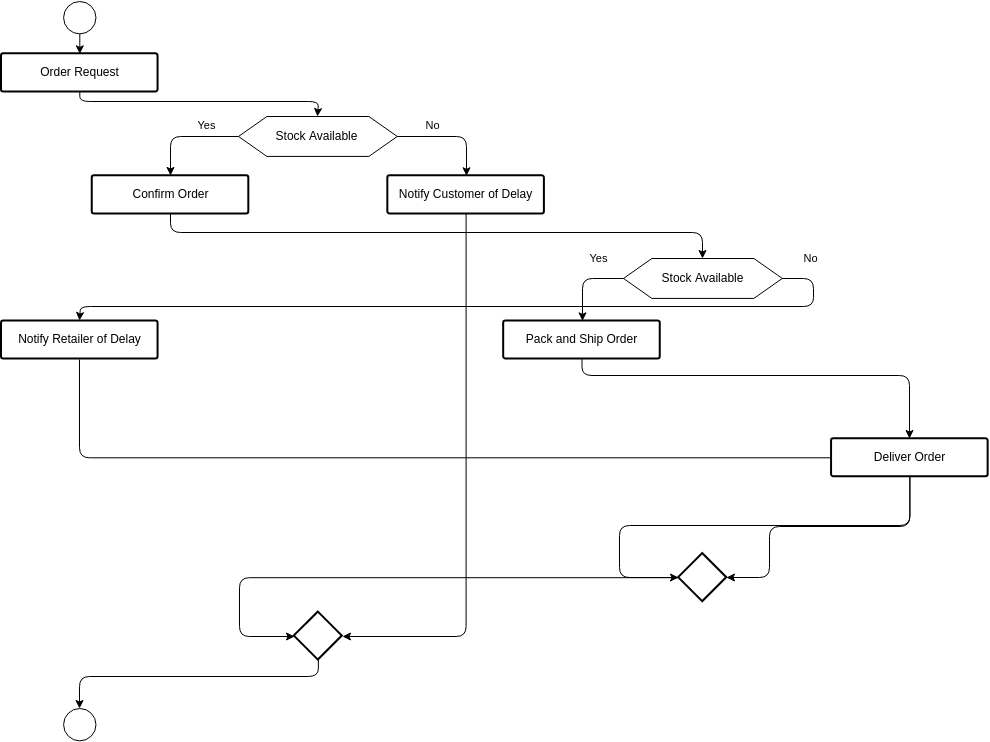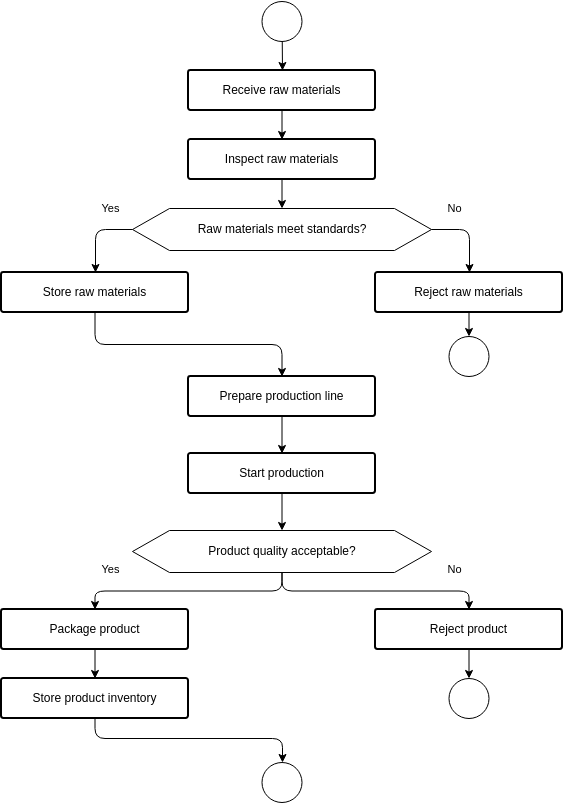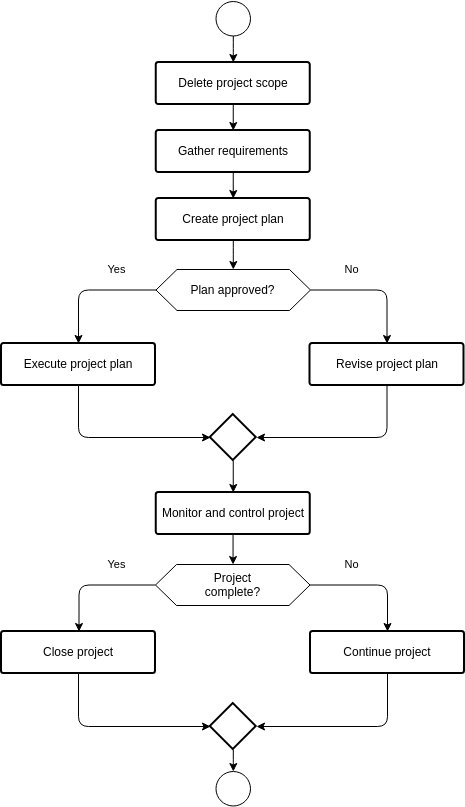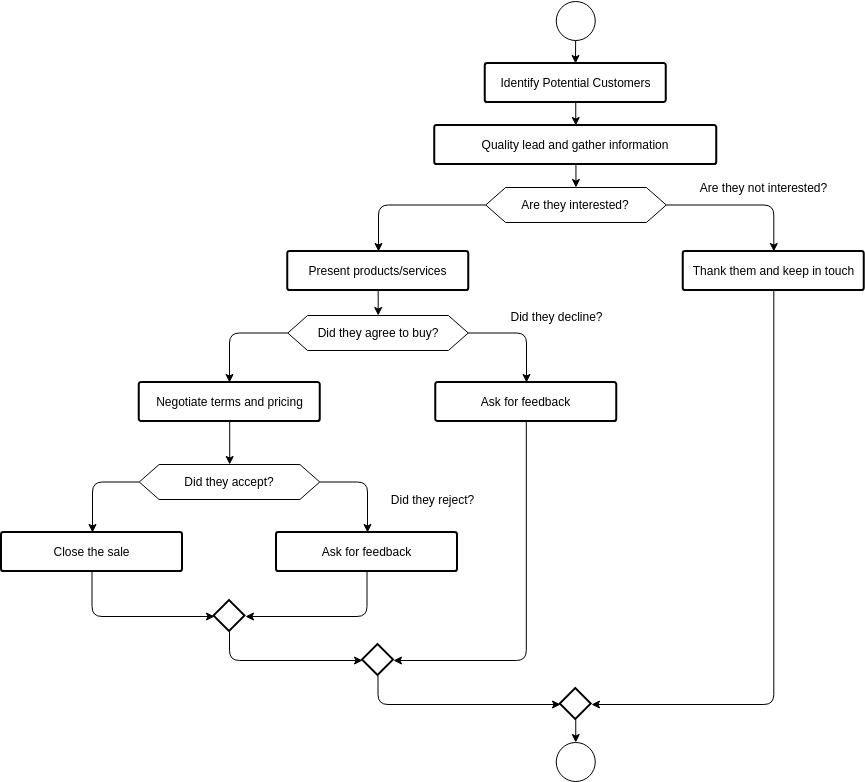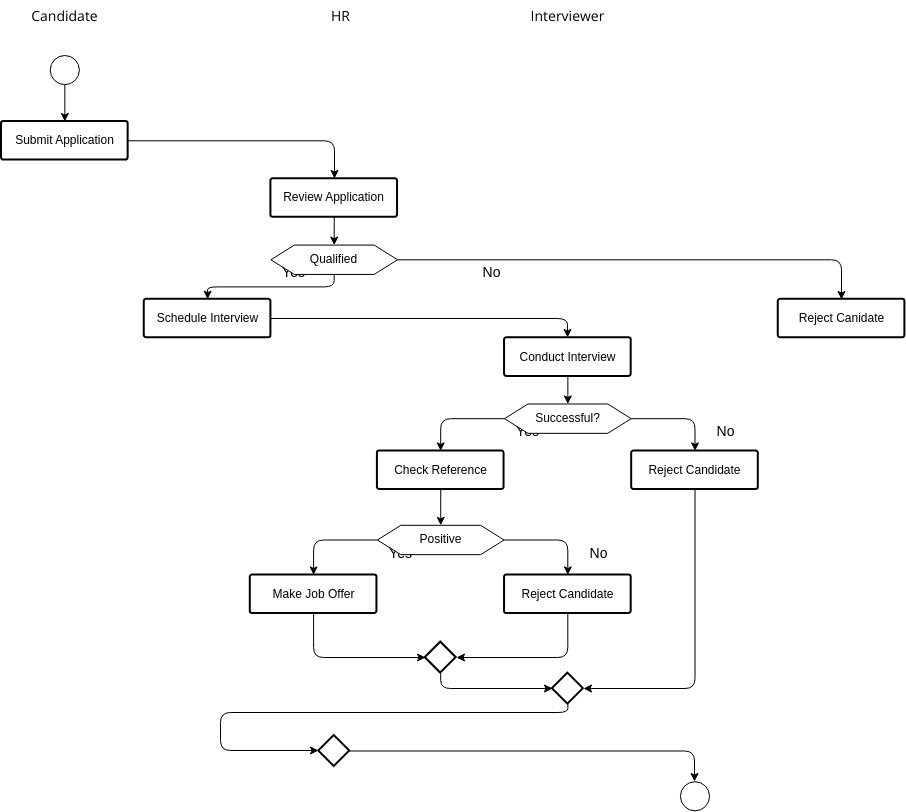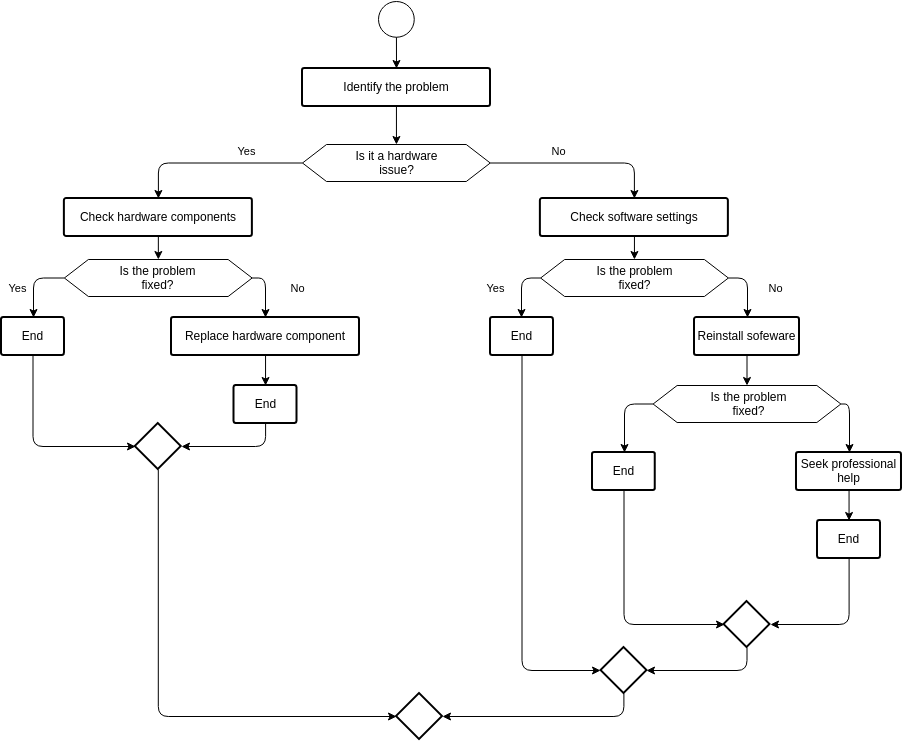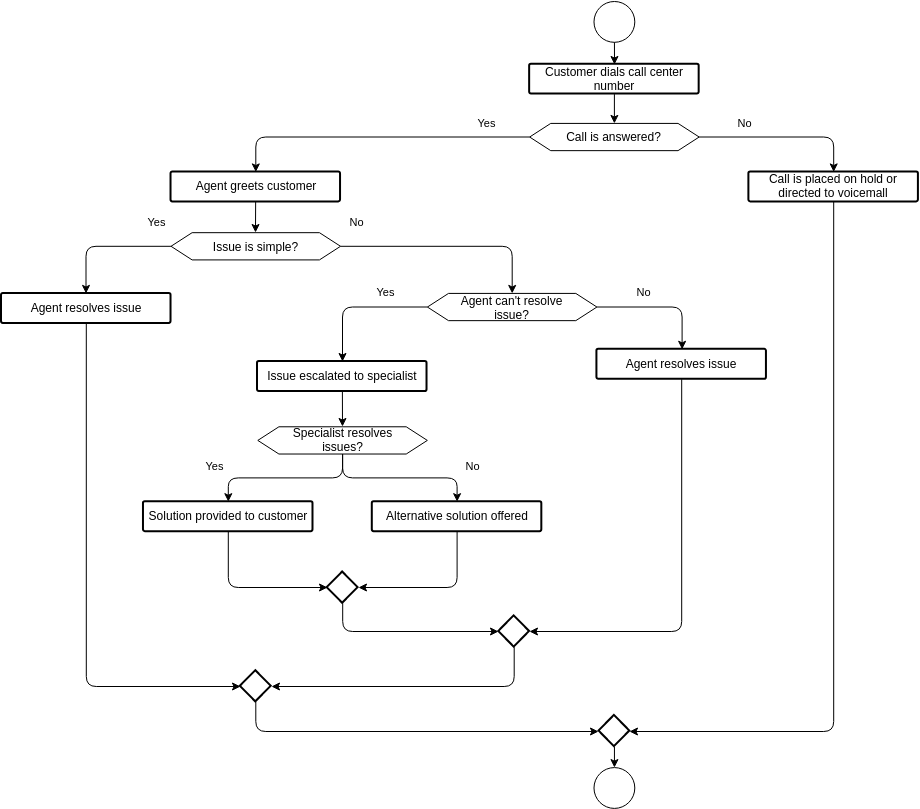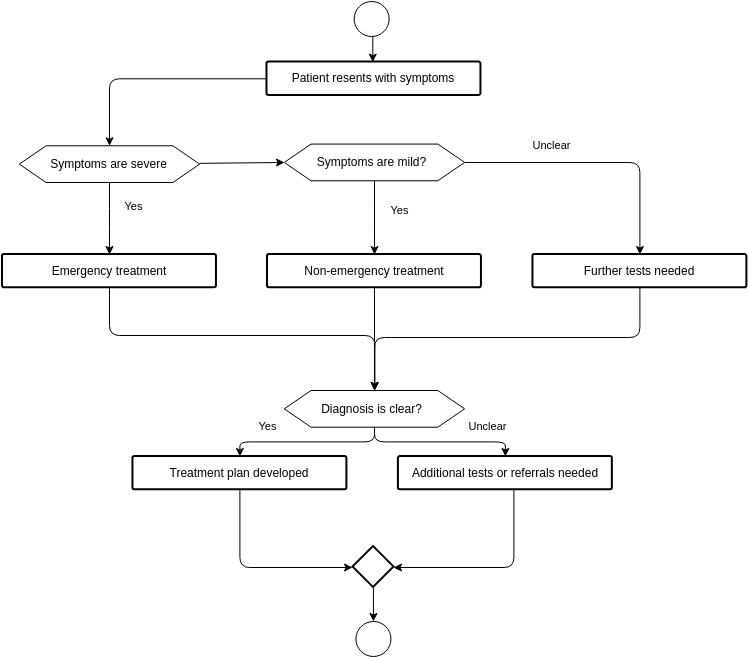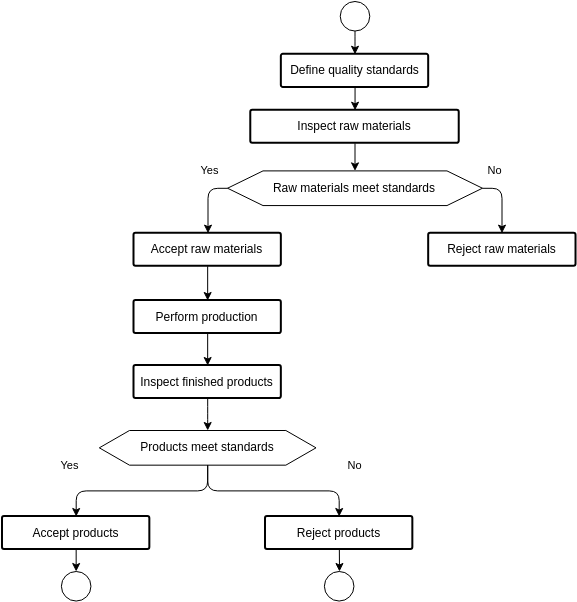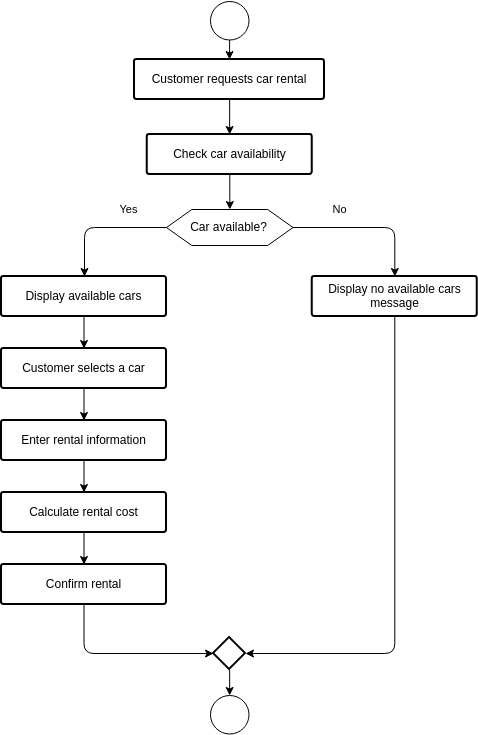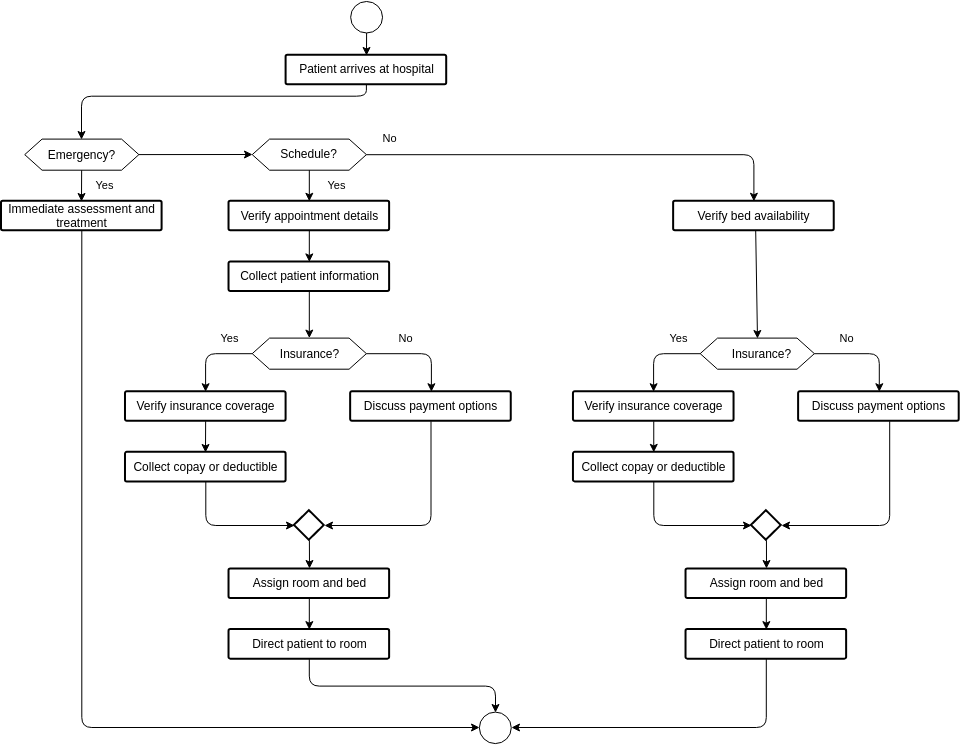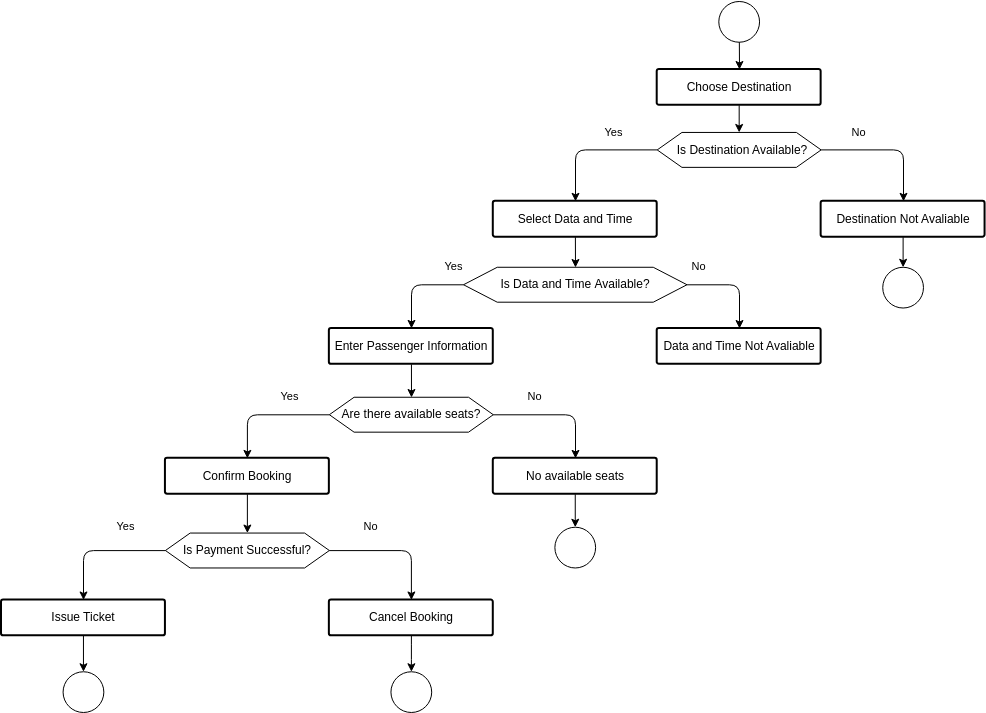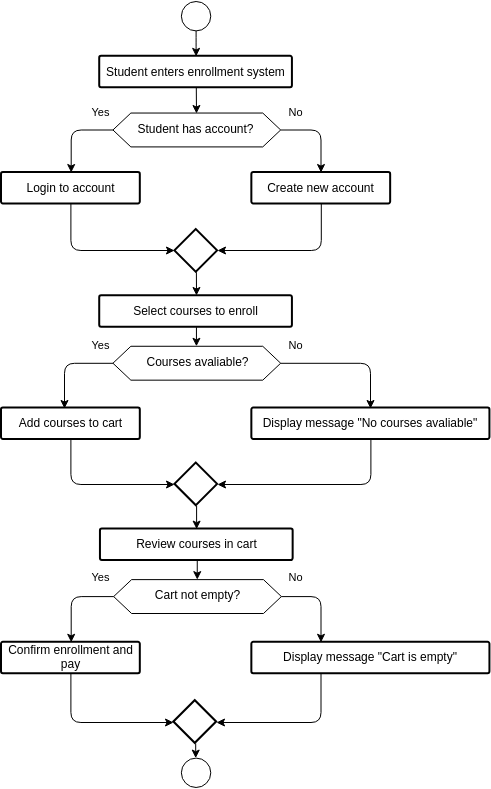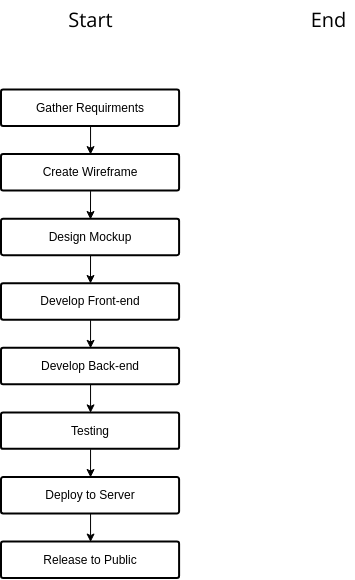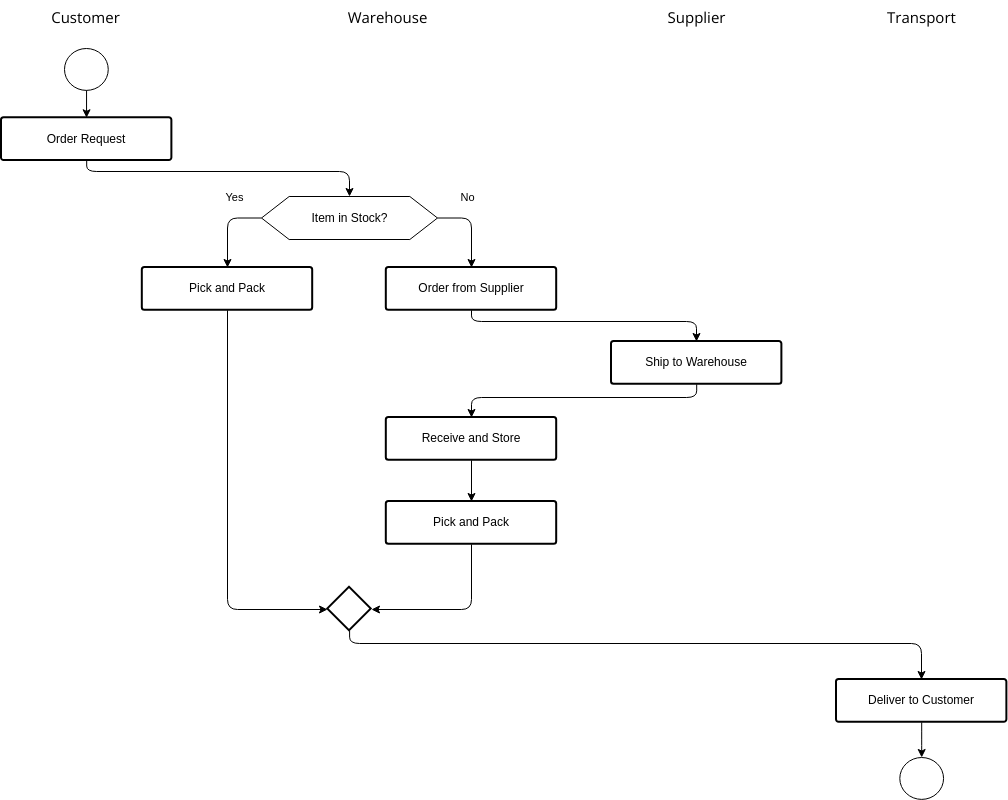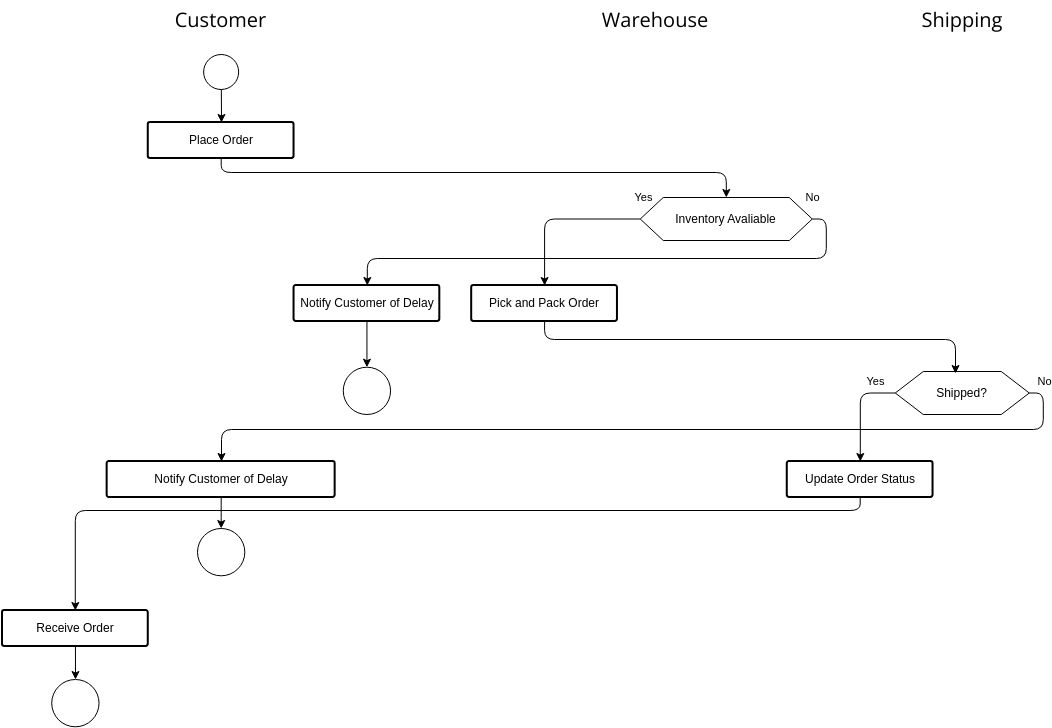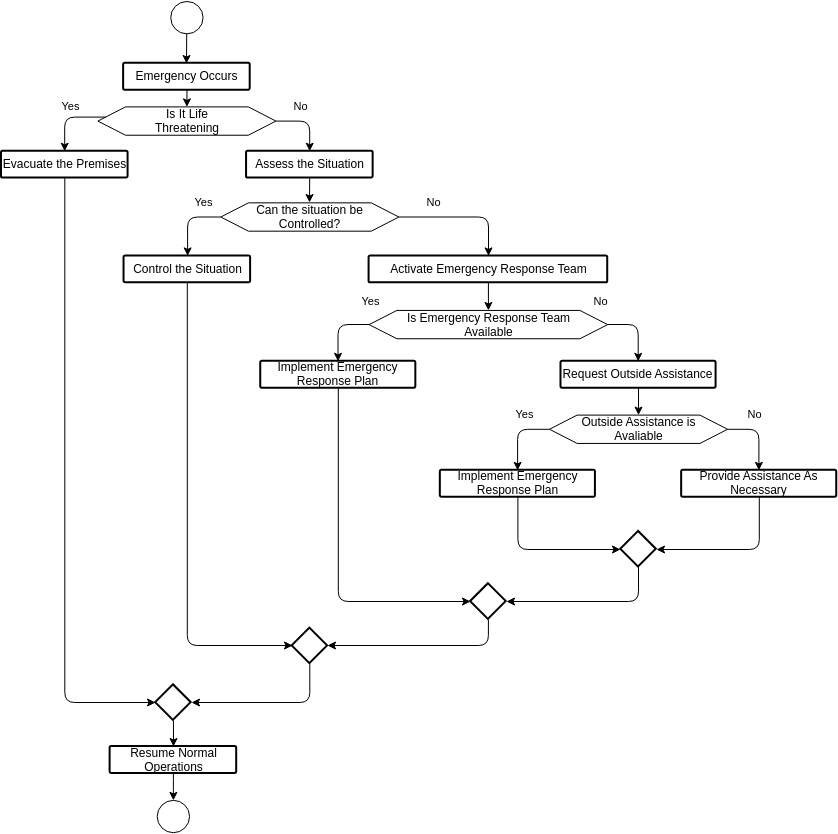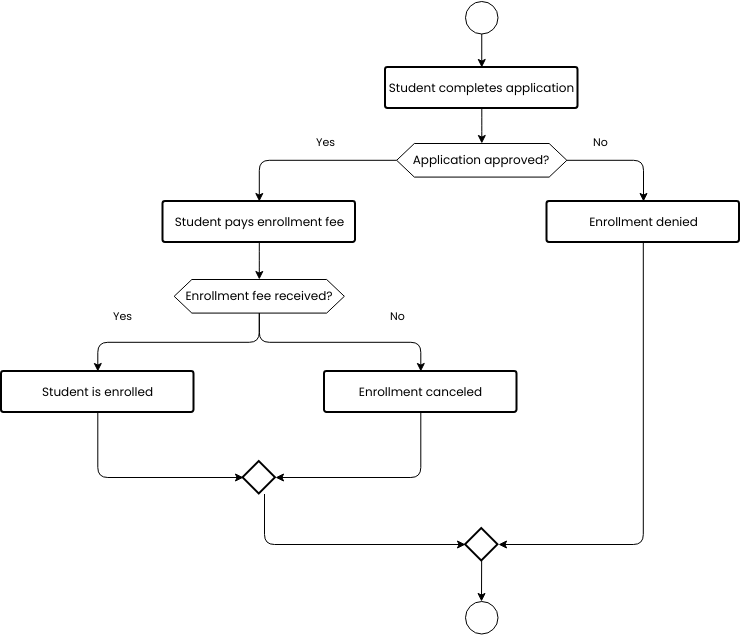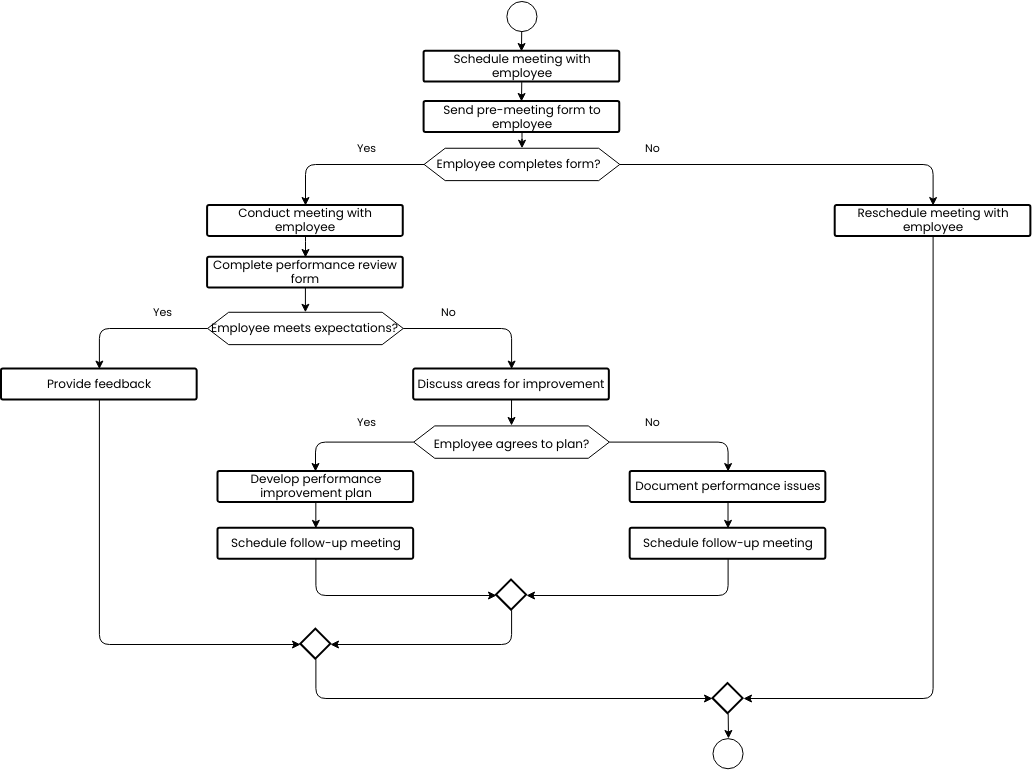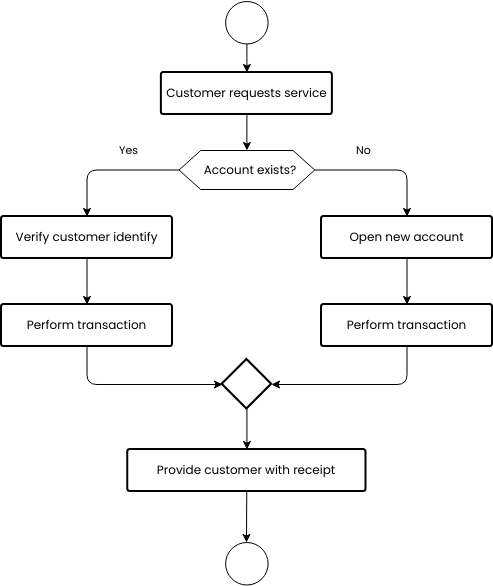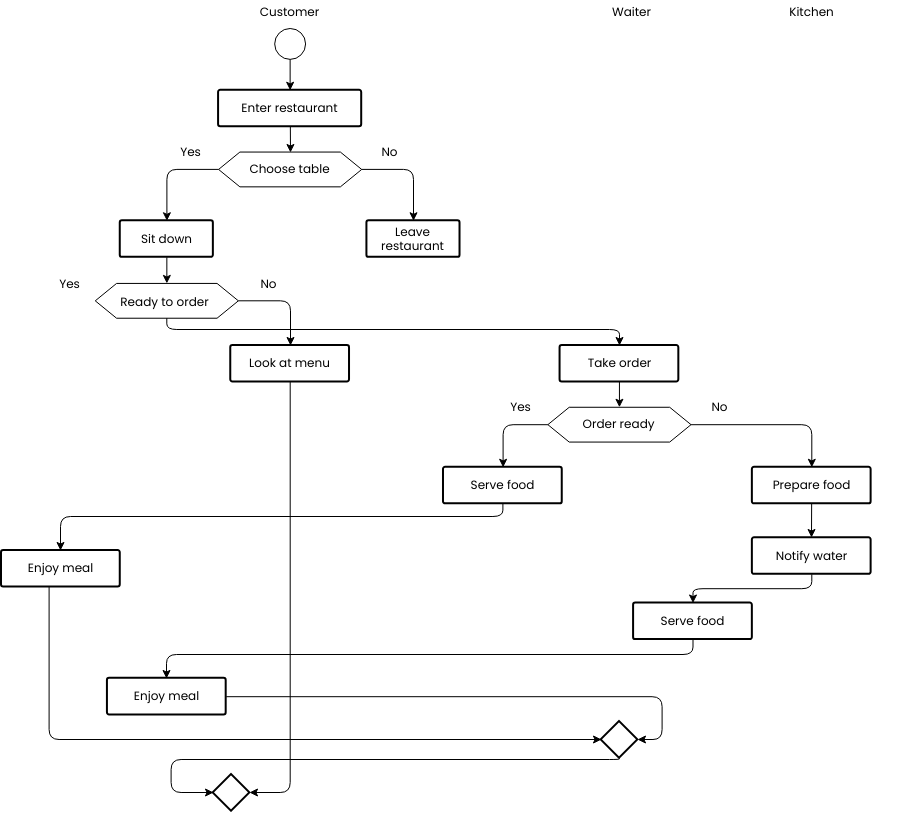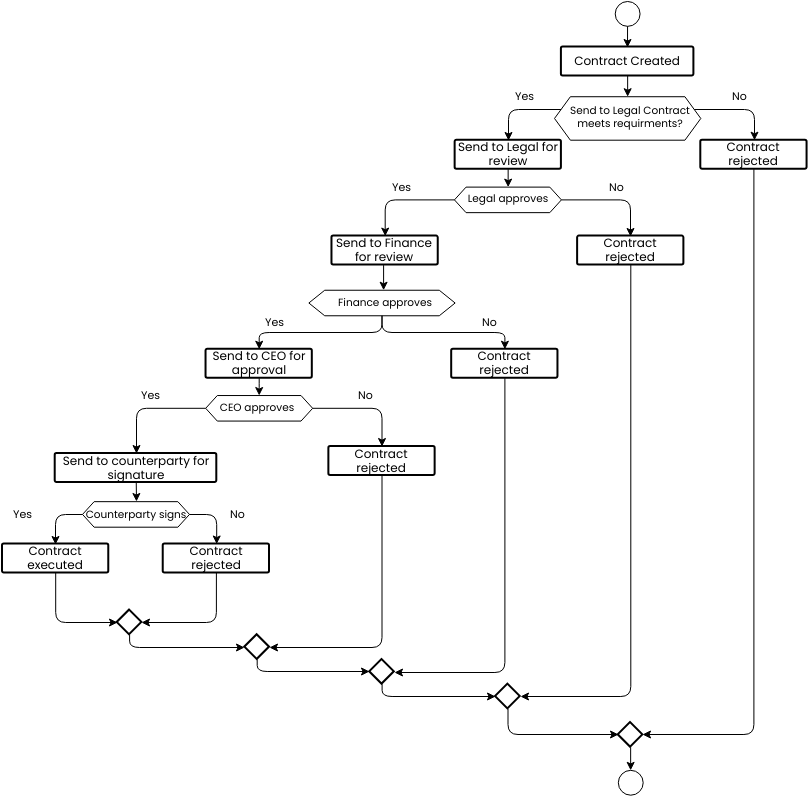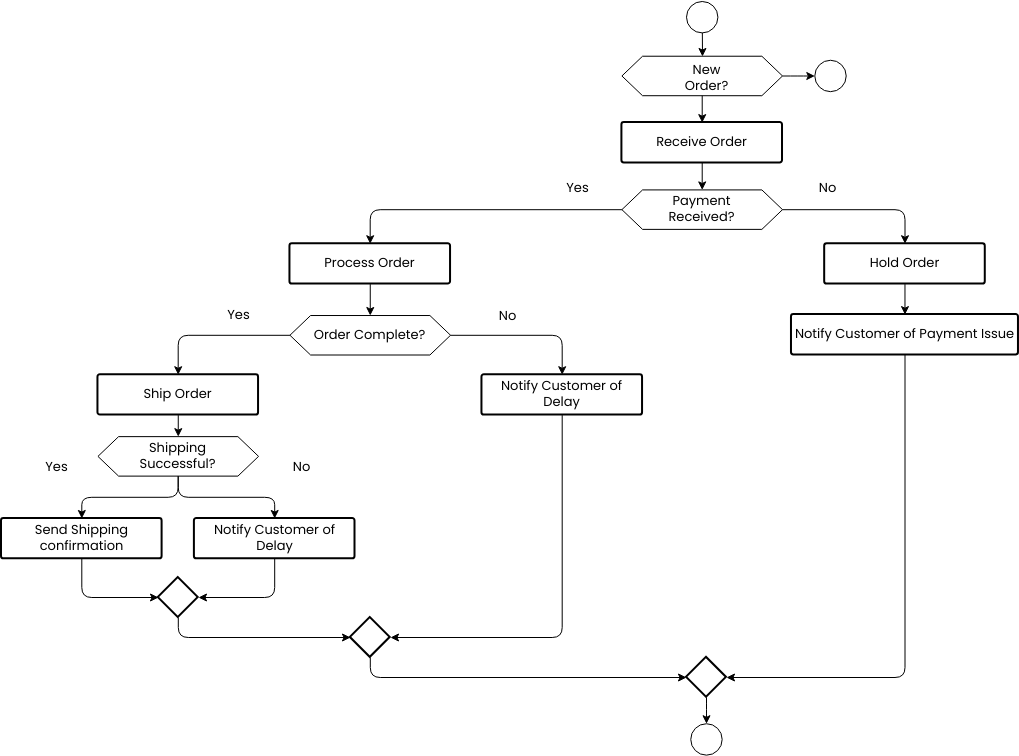The flowchart describes an incident response process that begins with identifying an incident, followed by isolating affected systems, preserving evidence, notifying the incident response team, investigating the incident, determining the scope and impact, containing the incident, eradicating the incident, and finally recovering normal operations.
The process begins with identifying an incident, which could be a security breach, system failure, or other type of event that requires immediate attention. Once the incident is identified, the affected systems are isolated to prevent further damage.
Next, the evidence related to the incident is preserved, which could involve taking screenshots, collecting log files, or other actions to ensure that the evidence is not lost or compromised. The incident response team is then notified, and an investigation is launched to determine the cause and extent of the incident.
Once the scope and impact of the incident are determined, the incident is contained to prevent further damage. The incident response team then works to eradicate the incident by removing any malicious code or malware, patching vulnerabilities, or taking other actions to ensure that the incident does not recur.
Finally, the incident response team works to recover normal operations, which could involve restoring data from backups, repairing systems, or other actions to ensure that the organization can resume normal business operations.
Overall, this process ensures that incidents are handled promptly and effectively, with clear communication and tracking throughout the process to ensure that the incident is resolved to the organization's satisfaction. By following this process, organizations can improve their incident response management and reduce the impact of incidents on their operations and reputation.
What are the benefits of creating incident response flowchart?
Creating an incident response flowchart provides several benefits, including standardization, efficiency, transparency, training, and process improvement. The flowchart ensures that the incident response process is consistent and efficient, making it easier for incident response team members to handle incidents. The visual representation of the process can be used as a training tool for new team members, while also helping managers identify areas for improvement.
Additionally, the transparent view of the process can build trust and confidence in the incident response process, improving overall organizational resilience.
Overall, creating a flowchart can help optimize incident response management, improve operational efficiency, and reduce the impact of incidents on organizational operations and reputation, resulting in improved organizational resilience and stakeholder confidence.
